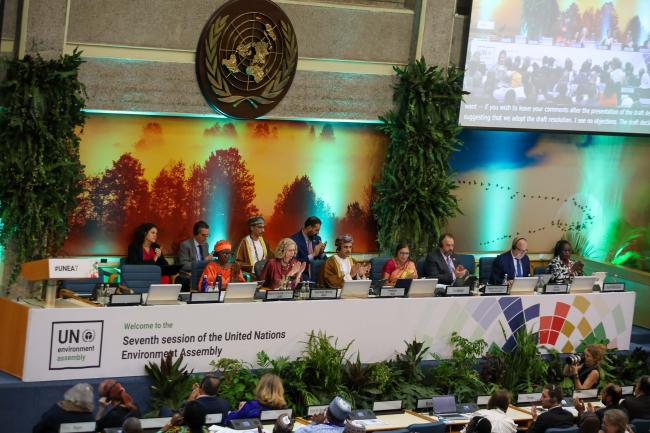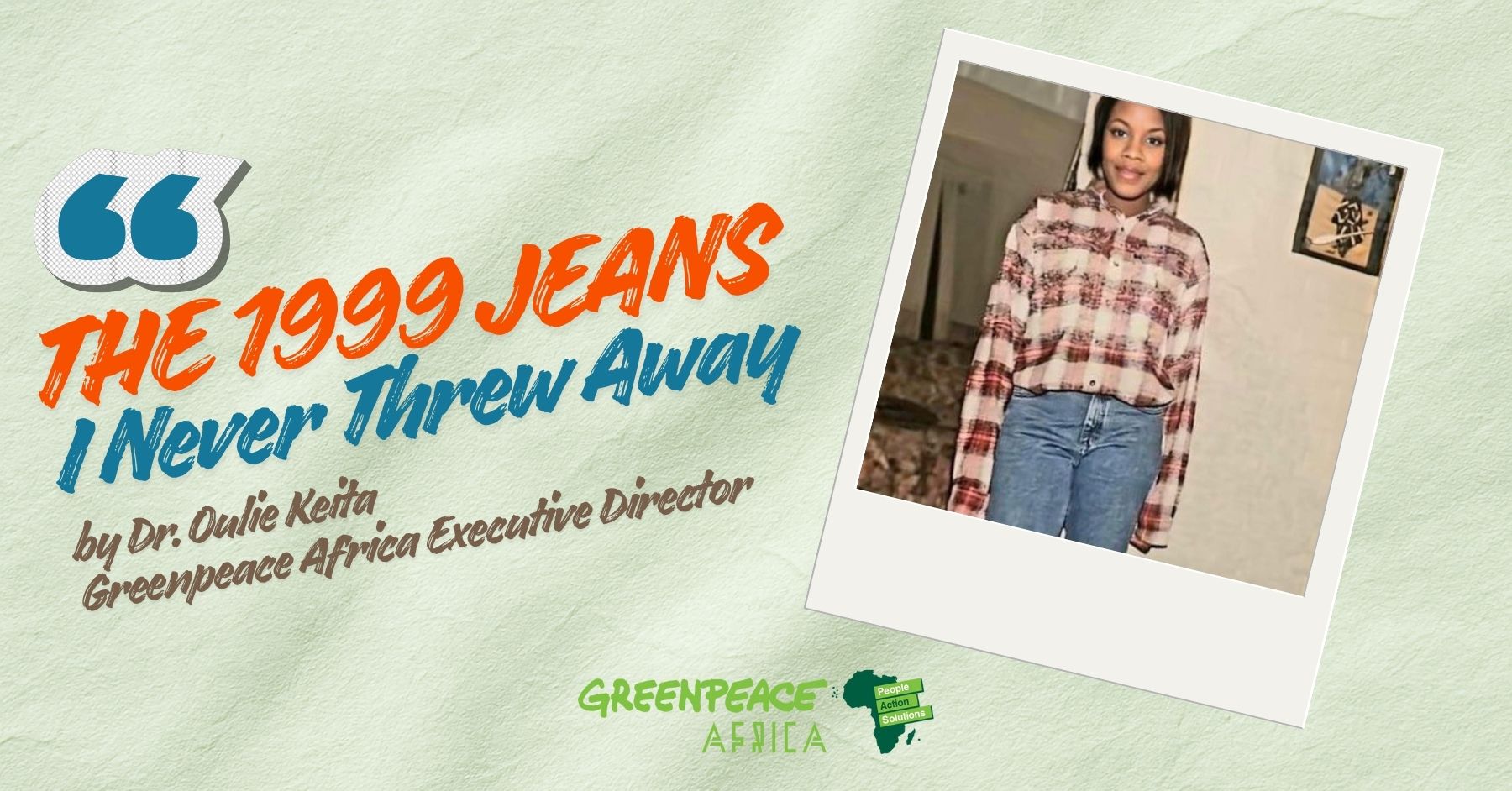London, UK, 15 January 2020 – New research tracking the migrations of leatherback turtles after leaving their nesting grounds in French Guiana shows that they must travel almost twice as far as groups previously observed to reach feeding grounds. This indicates their behaviour is modifying to adapt to rapidly rising ocean temperatures and changing currents, both caused by climate change.
The extra energy expended to find feeding grounds is likely to reduce the number of eggs they lay each season, reducing the size of the population further. The number of eggs laid by sea turtles on beaches in French Guiana is approximately 100 times smaller now than it was in the 1990s with fewer than 200 nests per season now, compared to 50,000 in the 1990s.
Will McCallum of Greenpeace’s Protect the Oceans campaign, said:
“Sea turtles survived the extinction of the dinosaurs, but they might not survive us. Human activity has put such severe pressure on sea turtle populations around the world that six out of the seven species of sea turtle are threatened with extinction, and without urgent action the situation will only get worse.
“The death of one out of the ten turtles we tracked just 120km from her nesting ground after being caught in a discarded fishing net is a stark and tangible reminder of the damage being caused to the oceans by humans. We must protect our oceans with a network of sanctuaries where turtles and other animals are safe to breed, grow old and feed. To do this we need a strong new Global Ocean Treaty to be agreed at the United Nations this year.”
The researchers, led by Damien Chevallier, tagged ten nesting female turtles on the Yalimapo and Remire-Montjoly beaches in French Guiana to track their subsequent migrations through the North Atlantic, some swimming as far as Canada and France to find feeding grounds. Each of these turtles was given a name. One of them, Frida, was found dead on a beach in Suriname just 120km from her starting point. She had become caught in a gill net, which caused her to drown.[2]
Leatherback turtles migrate north after nesting to reach cooler waters where jellyfish, their prey, are more abundant. As the oceans warm and currents change, sea turtles are being forced to travel greater distances to find these abundant hunting grounds.
To protect sea turtles, and all forms of marine life, Greenpeace is campaigning for a strong new Global Ocean Treaty, which would pave the way for a global network of Fully Protected Marine Sanctuaries covering 30% of the world’s oceans by 2030. This would give sea turtles, all other forms of marine life, and the oceans themselves, the space they need to recover from harmful human activity.
Photo and video: a gallery of images showing turtles under threat is available here.
The research has been released in a new Greenpeace report Turtles Under Threat: Why the world’s ultimate ocean wanderers need protection. A copy of the report is available here
Notes:
[1] The report, Turtles Under Threat: Why the world’s ultimate ocean wanderers need protection, was written by Greenpeace International in collaboration with Damien Chevallier and other scientists from the Institut Plurisciplinaire Hubert Curien (IPHC) of Centre National de la Recherche Scientifique (CNRS) who conducted the tracking research as part of Greenpeace Pole to Pole expedition in June 2019.
[2] Images and video of Frida are available on request
[3] Will McCallum is Head of Oceans at Greenpeace UK
Contact:
James Hanson, Press Officer, Greenpeace UK: +44 7801 212 994, [email protected]
Greenpeace International Press Desk: [email protected], +31 (0) 20 718 2470 (available 24 hours)
Key Findings
● Turtles have traversed the world’s oceans for more than 100 million years, ranging in large numbers across the globe and occupying a crucial niche within the marine ecosystem.
● Today, six of the seven marine turtle species are on the red list of the International Union for Conservation of Nature (IUCN) and are threatened with extinction.
● The last 500 years have seen alarming declines in turtle populations, historically through hunting by humans. The existential threats facing turtles today are industrial fishing, plastic pollution and climate change.
● Marine turtles live in a wide variety of habitats and migrate thousands of kilometres across the seas to travel between nesting beaches, mating grounds and foraging areas.
● Greenpeace has collaborated on a research project tagging female leatherback turtles nesting on beaches in French Guiana with Argos tags, revealing their incredible journeys to feeding grounds as far away as Nova Scotia and France.
● These turtles travels have travelled almost twice as far as previously observed groups, indicating how patterns of behaviour are modifying to cope with new currents and sea temperatures. The extra effort expended on finding food is likely to reduce the number of eggs laid each season.
● One of the turtles tagged during the project was found washed up on a beach in Suriname just 120km away from the tagging site. It had died after becoming entangled in a gill net, highlighting the dangers to turtles posed by industrial fishing.
● Global turtle conservation efforts have had successes, with some populations showing trends of increasing abundance. However, overall the picture is less optimistic: historical losses have been very high and the threats currently facing turtles are severe.
● Sanctuaries, or Marine Protected Areas (MPAs), have been shown to provide significant benefits to turtle populations. Sea turtles are highly migratory, so a network of MPAs that protect 30% of the world’s oceans, including international waters, is needed to give them the best chance of recovery.● To achieve this goal, a new Global Ocean Treaty must be agreed at the UN that will enable the protection of marine life and habitats outside of national jurisdiction.



